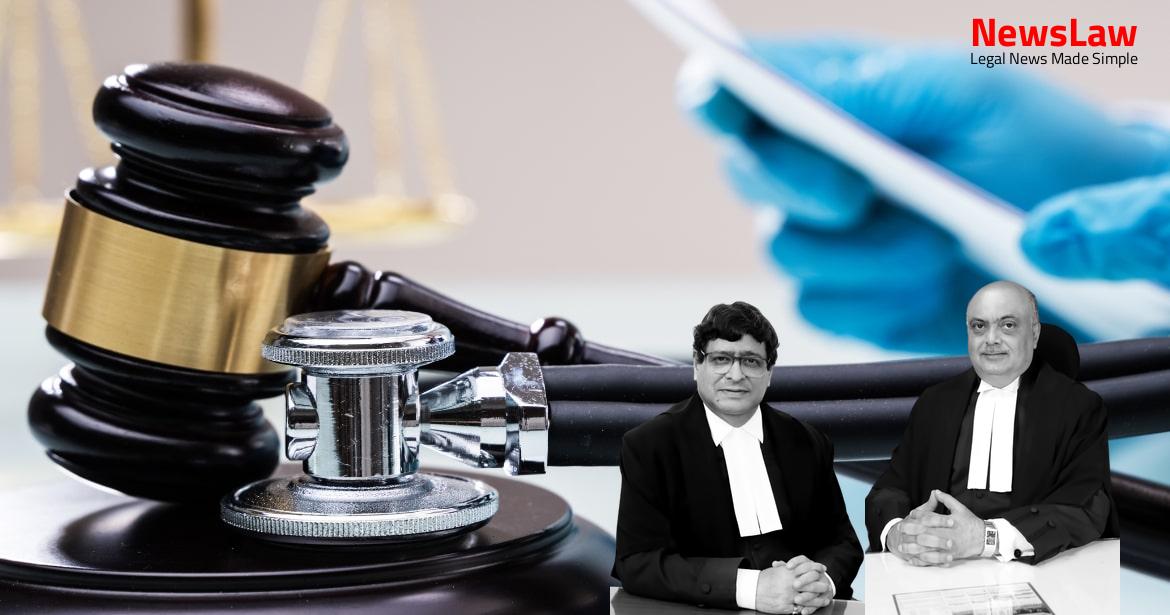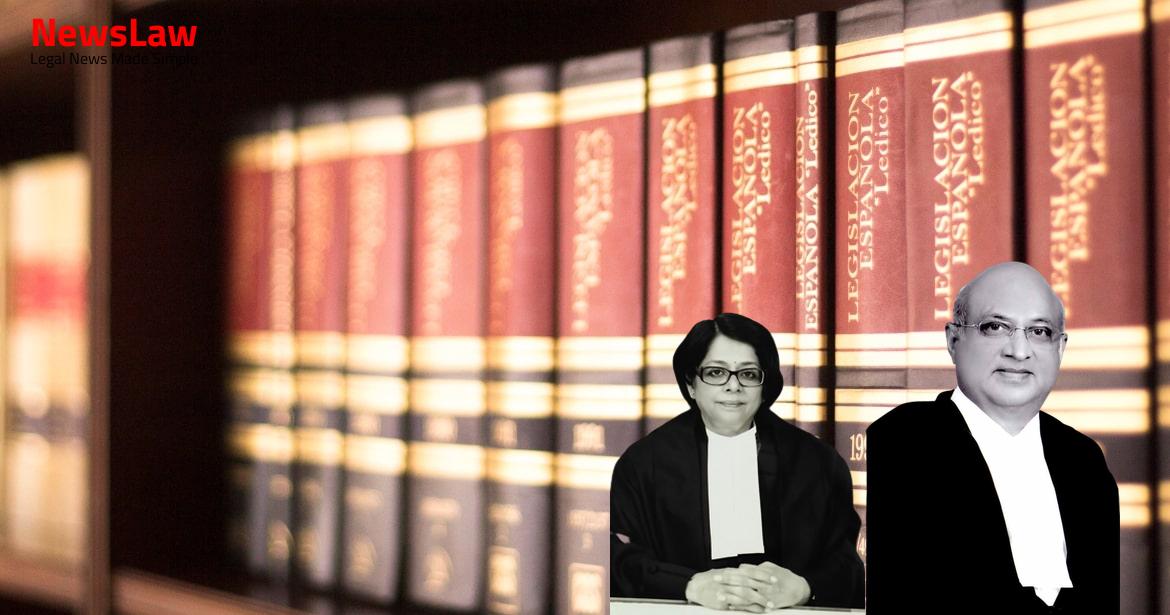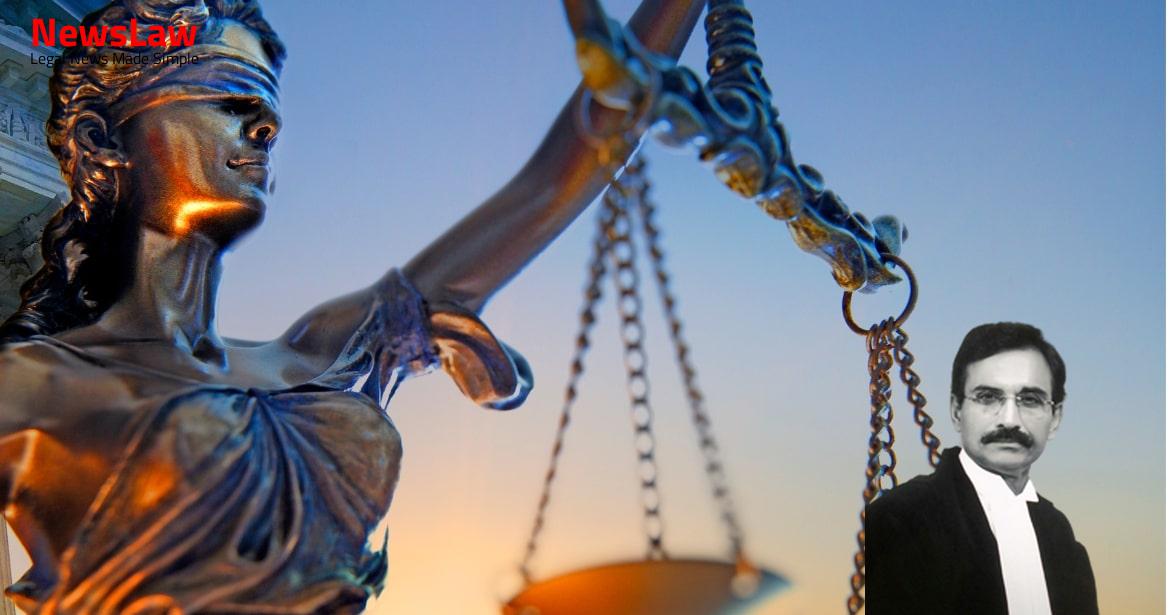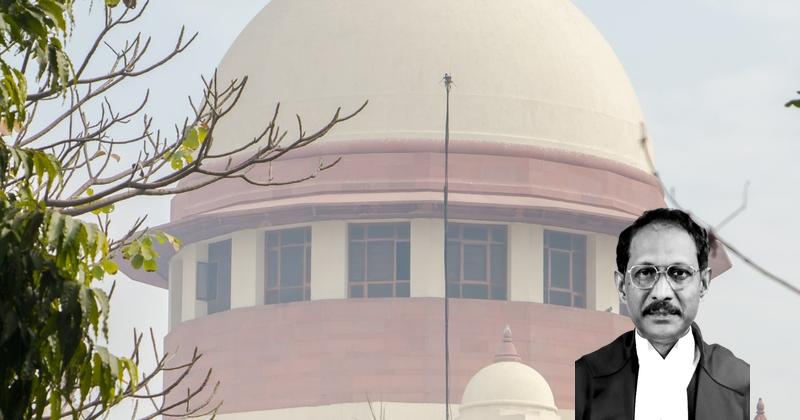In a landmark decision, the Supreme Court of India has pronounced its judgement in the Vishwanath Case. This case, which involved intricate legal intricacies and evidentiary challenges, has finally reached its conclusion. The judgement holds great significance in the realm of criminal law, as it addresses crucial issues of identification, burden of proof, and the reliability of eyewitness testimonies. Stay informed about this groundbreaking ruling by the apex court of India.
Facts
- The present criminal appeal filed on behalf of the remaining accused Vishwanatha.
- Accused twisted a cloth around the neck of the deceased, pulling at two ends with co-accused Ravikumar.
- Complainant PW-1 returned home to find the room locked from inside with alarming sounds inside.
- Accused broke into the house on 26.12.2000 with intentions of robbery and killed the elderly Devaki.
- Charges framed against accused on 20.09.2001 under sections 450 and 302 read with 34 of IPC.
- FIR based on the written complaint by PW-1 registered at Police Station: Mangalore Rural Circle.
- High Court of Karnataka reversed the trial court’s acquittal, convicting Vishwanatha of offences under Section 302 and 450 read with 34 of IPC.
- Eyewitnesses PW-1 and PW-2 identified the accused and deposed their involvement in the murder of Devaki.
- Contradictions between oral testimony and autopsy report considered by the Sessions Court.
- Post-mortem report by Dr. Bhaskar Alva confirmed cause of death as asphyxia due to strangulation.
- Accused Ravikumar recognized by PW-1 as the nephew of PW-4, the daughter-in-law of the deceased.
- The Sessions Court discredited the two eye-witnesses, PW-1 and PW-2, due to contradictions in their testimonies.
- The High Court found the contradictions in the prosecution’s case to be minor and not material enough to warrant acquittal.
- The High Court allowed the State’s appeal against the acquittal, reversed the order, and sentenced both accused to imprisonment.
- The High Court noted that the absence of a Test Identification Parade for accused No. 2 did not fatally affect the prosecution’s case.
Also Read: Judgment in the Case of Nationality Status: Appellant vs. Tribunal
Arguments
- The appellant argues that without a test identification parade (TIP) to establish identity, he cannot be convicted.
- The State counters by stating that lack of TIP is not fatal as witnesses already identified the accused in court.
- The High Court affirmed that this is not a case of mistaken identity.
- Minor discrepancies in witness testimonies do not undermine the prosecution’s case.
- Appellant’s counsel claims PW-1 and PW-2 are not credible due to contradictions in their testimonies and the autopsy report.
Also Read: Sanction Requirement in Corruption Cases: State of Punjab v. [Respondent Name]
Analysis
- The identity of the accused, Vishwanath, is in doubt due to lack of prior Test Identification Parade (TIP) and no description in the FIR.
- The prosecution heavily relies on the testimony of PW-1 and PW-2, star witnesses, to establish guilt.
- The concurrent findings of both lower courts indicate the death of the deceased as homicidal, supported by the doctor’s autopsy report.
- The discrepancies in the ligature marks found during post-mortem raise doubts on the eyewitness accounts of the crime.
- The absence of proper arrest procedures and lack of detailed explanation regarding the apprehension of the accused Vishwanath cast further doubt on the case.
- Various inconsistencies in the evidence, including contradictions between the complaints, inquest report, autopsy report, and eyewitness accounts, weaken the prosecution’s case.
- The positioning of the deceased and the practicality of two individuals strangulating her, as described by the witnesses, is questioned by the trial court.
- The importance of corroborative evidence and the inherent weakness of relying solely on eyewitness identification for conviction is emphasized.
- The timeline of events and the sudden demise of Accused No. 1 add complexity to the case and raise additional doubts.
- The purpose of a Test Identification Parade (TIP) is two-fold.
- Firstly, it enables witnesses to confirm if the accused they suspect is the same individual they saw during the commission of the crime.
- Secondly, it helps investigating authorities to ascertain if the suspect presented in the TIP is indeed the person witnessed by the witnesses in connection with the crime.
- The case of Malkhansingh v. State of M.P (2003) highlighted the importance of TIP in criminal proceedings.
- Similarly, in Mulla v. State of U.P. (2010), the scope and objective of TIP were emphasized by the court.
- Prosecution failed to prove its case beyond reasonable doubt
- Conclusion reached that the prosecution has not met burden of proof
- Doubts remain regarding the accusations made
Also Read: The Importance of Test Identification Parades in Strengthening Prosecution’s Case
Decision
- The bail bonds and sureties of the appellant are discharged.
- The appellant is acquitted in this case due to benefit of doubt.
- The impugned judgment and order dated 06.06.2009 are set aside regarding the appellant’s conviction.
- The Trial Court’s order of acquittal is upheld for the appellant.
- Any pending application(s) are disposed of.
- The appellant, already on bail, is not required to surrender.
Case Title: VISHWANATHA Vs. THE STATE OF KARNATAKA STATE OF KARNATAKA BY SECRETARY HOME DEPARTMENT (2024 INSC 482)
Case Number: Crl.A. No.-000129-000129 – 2012



